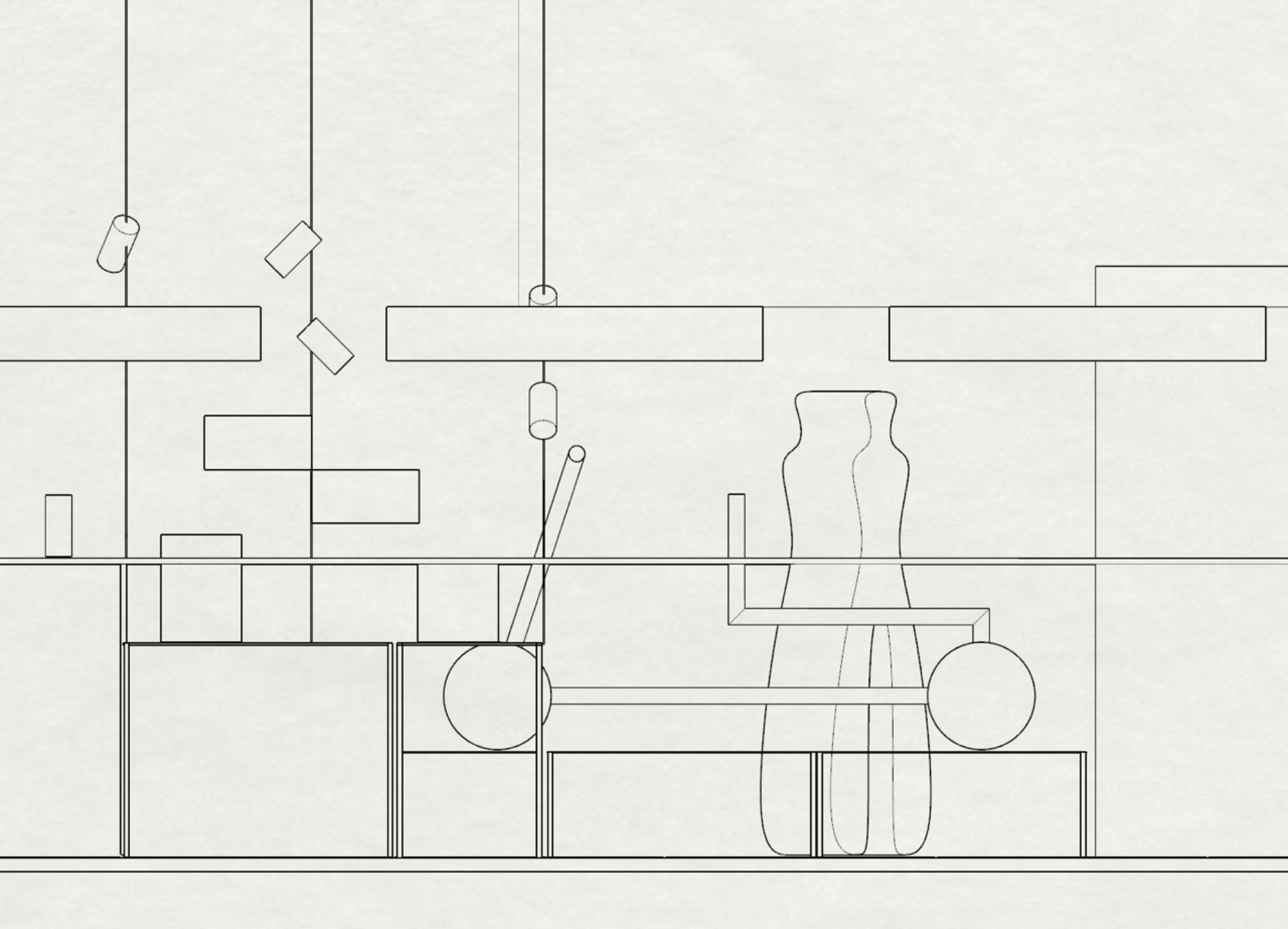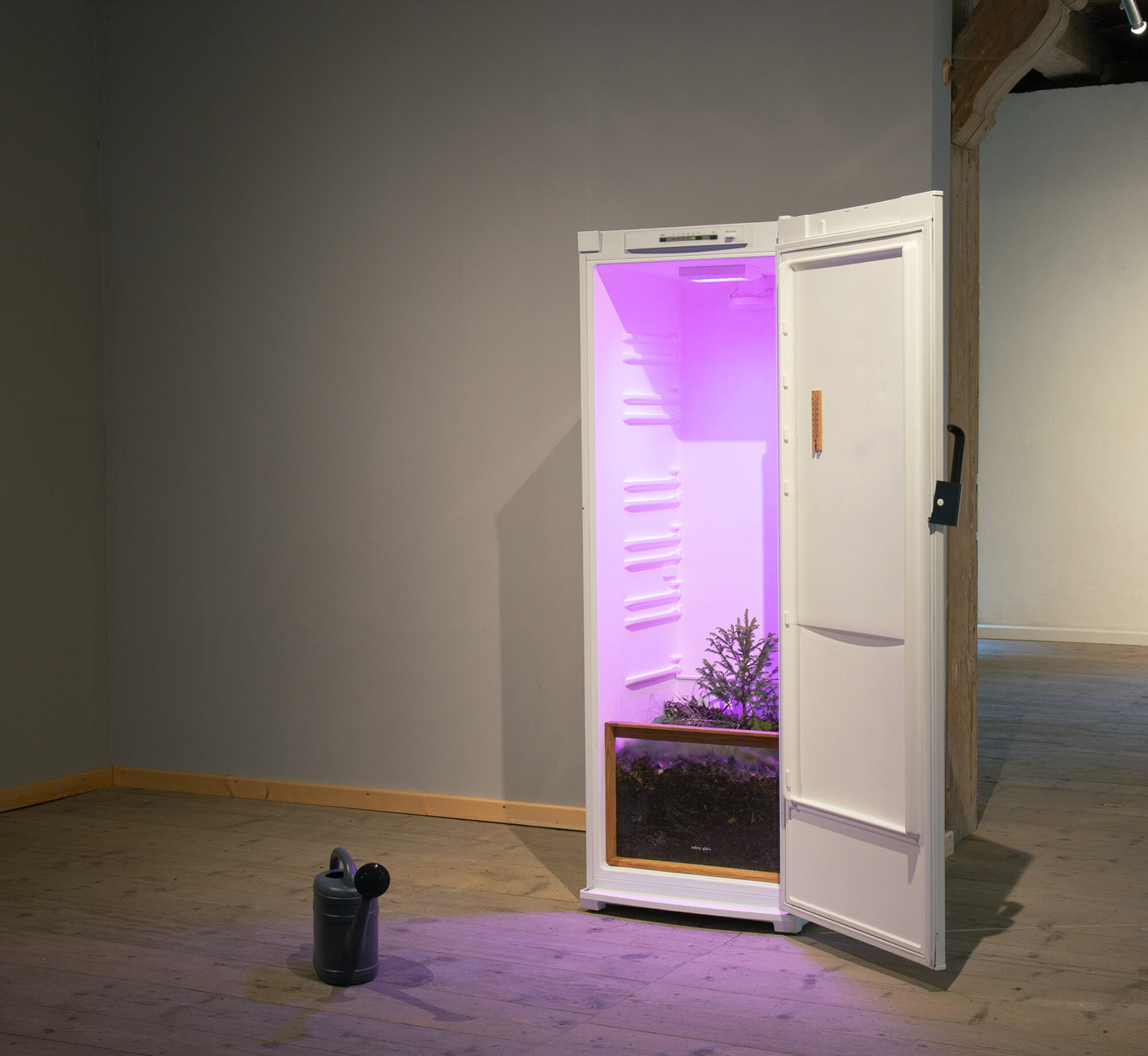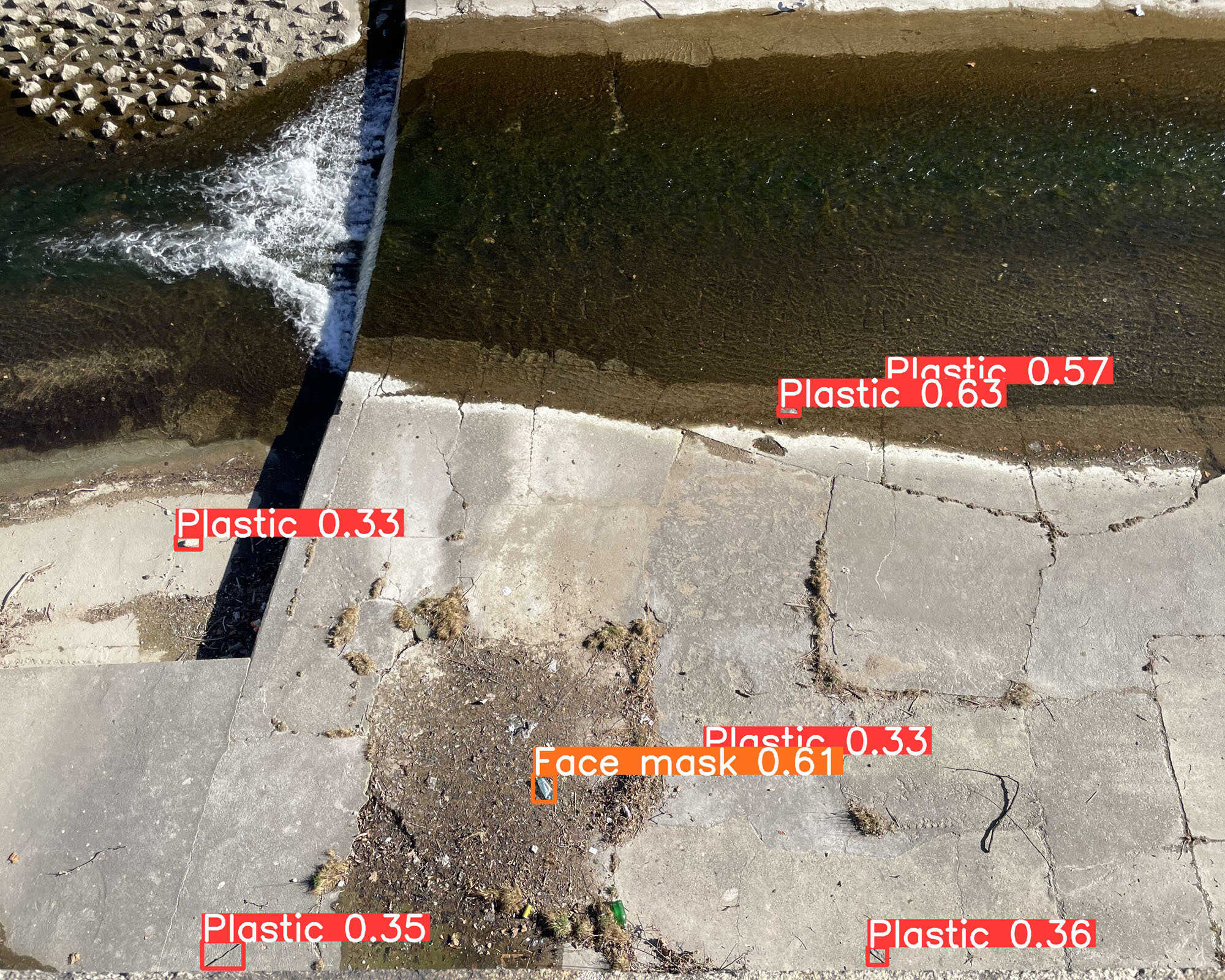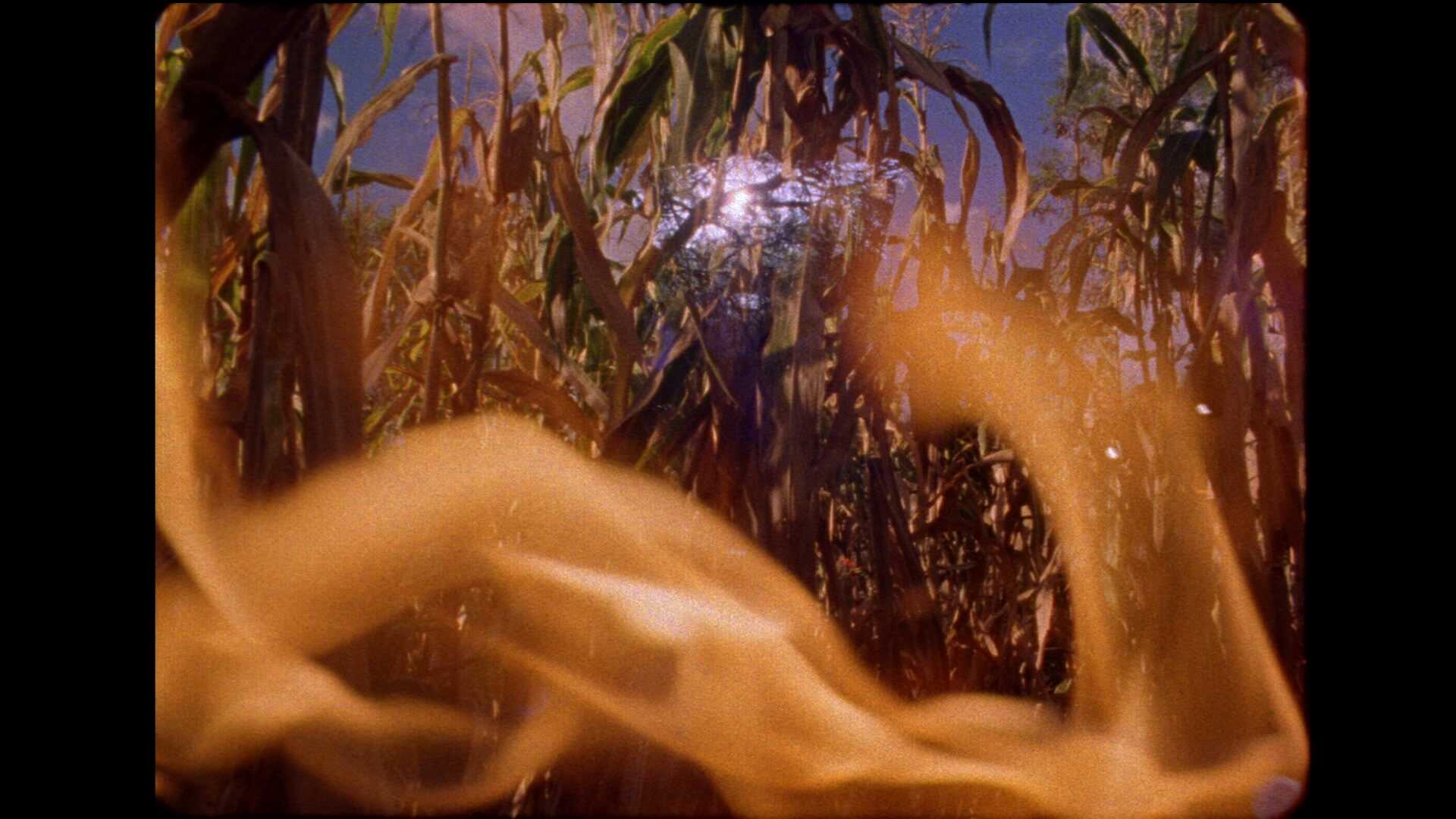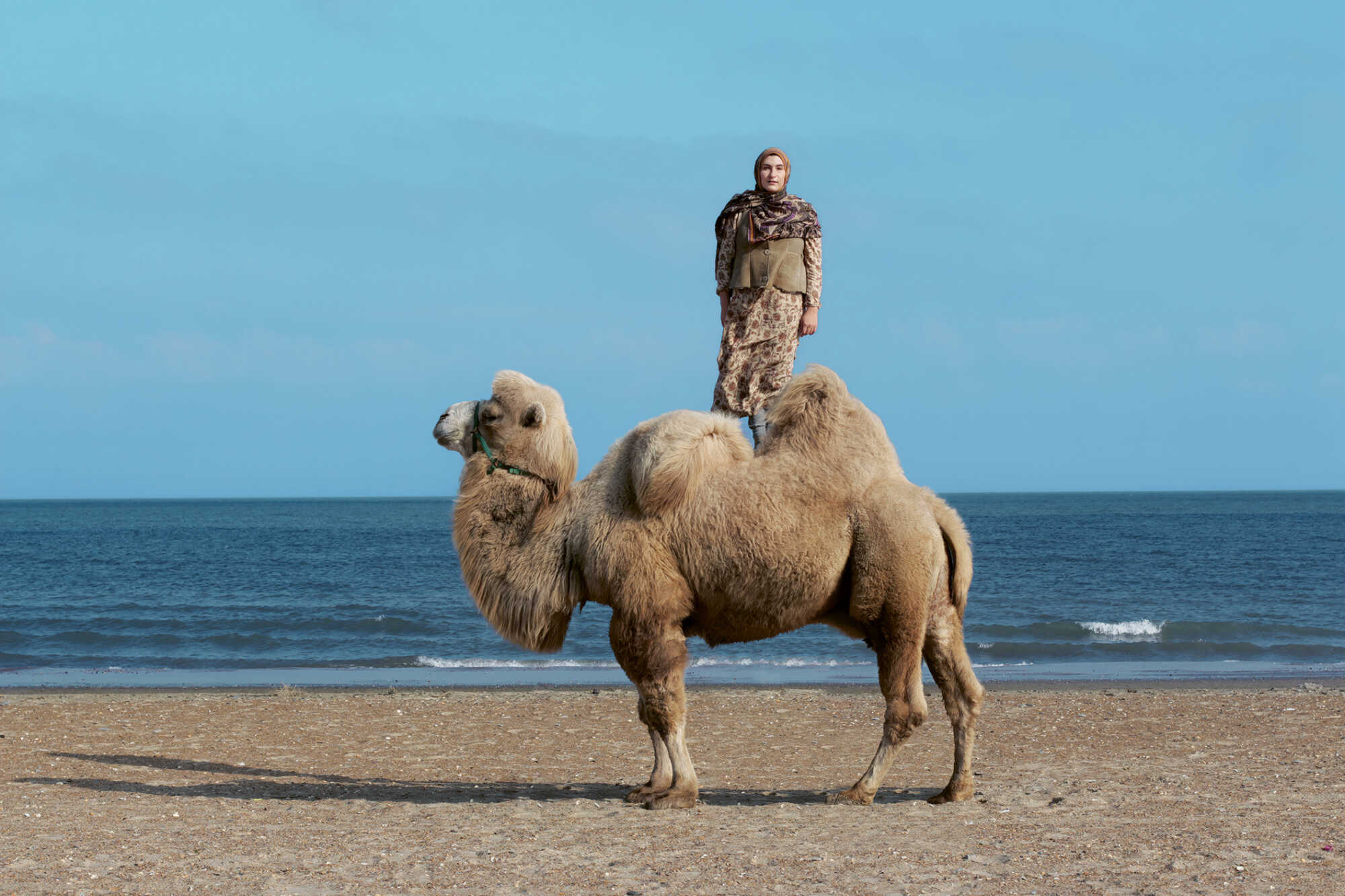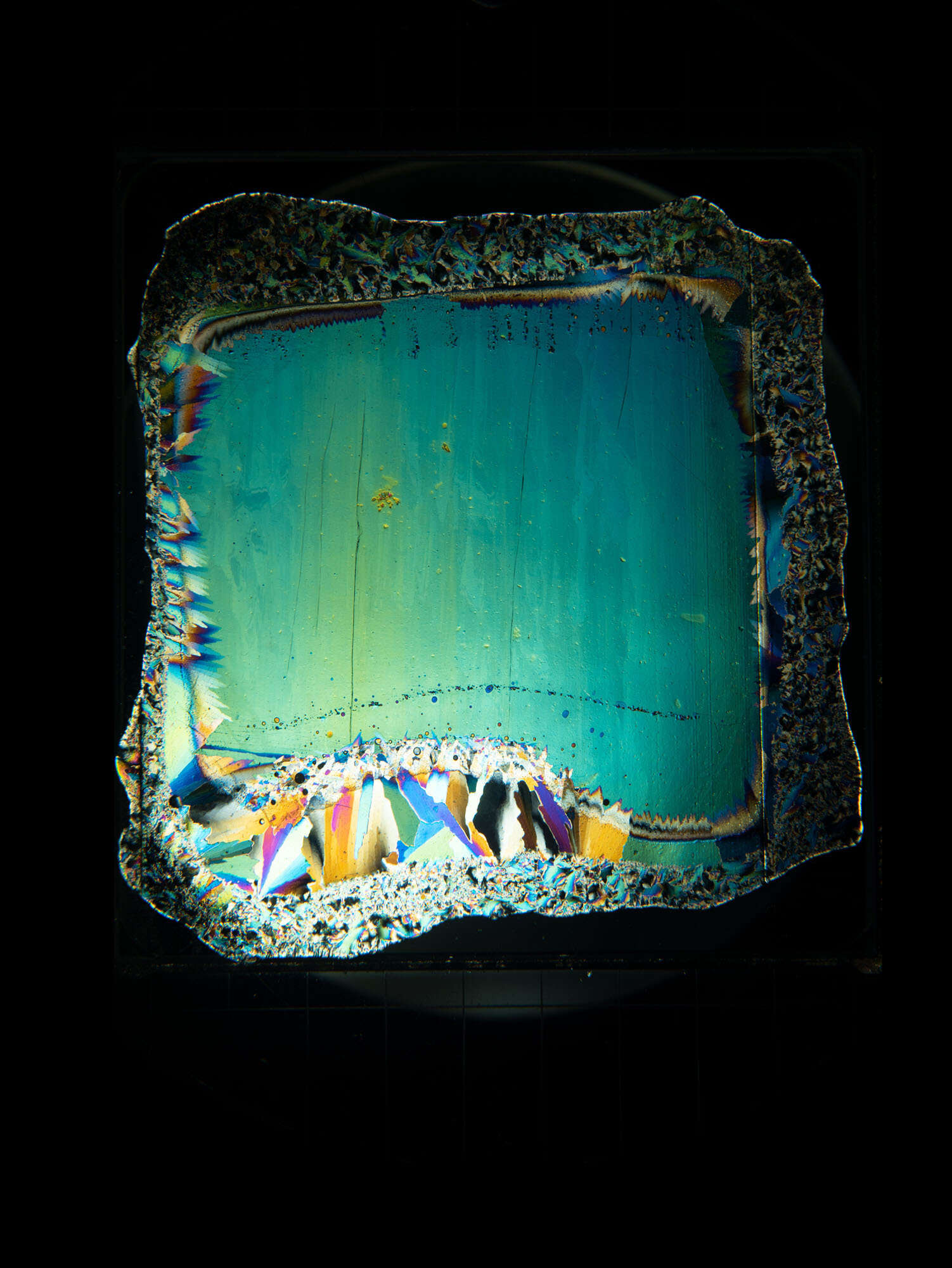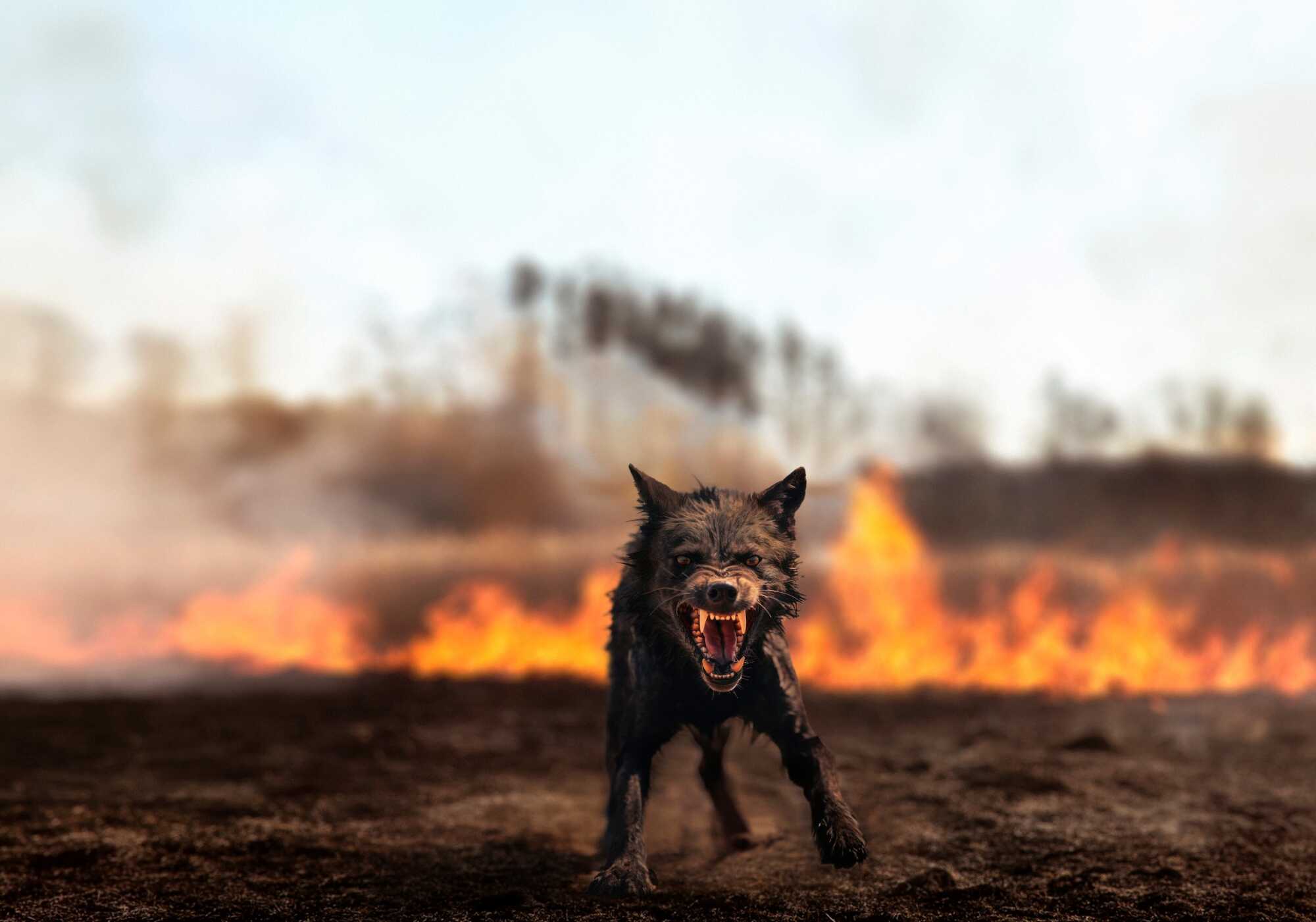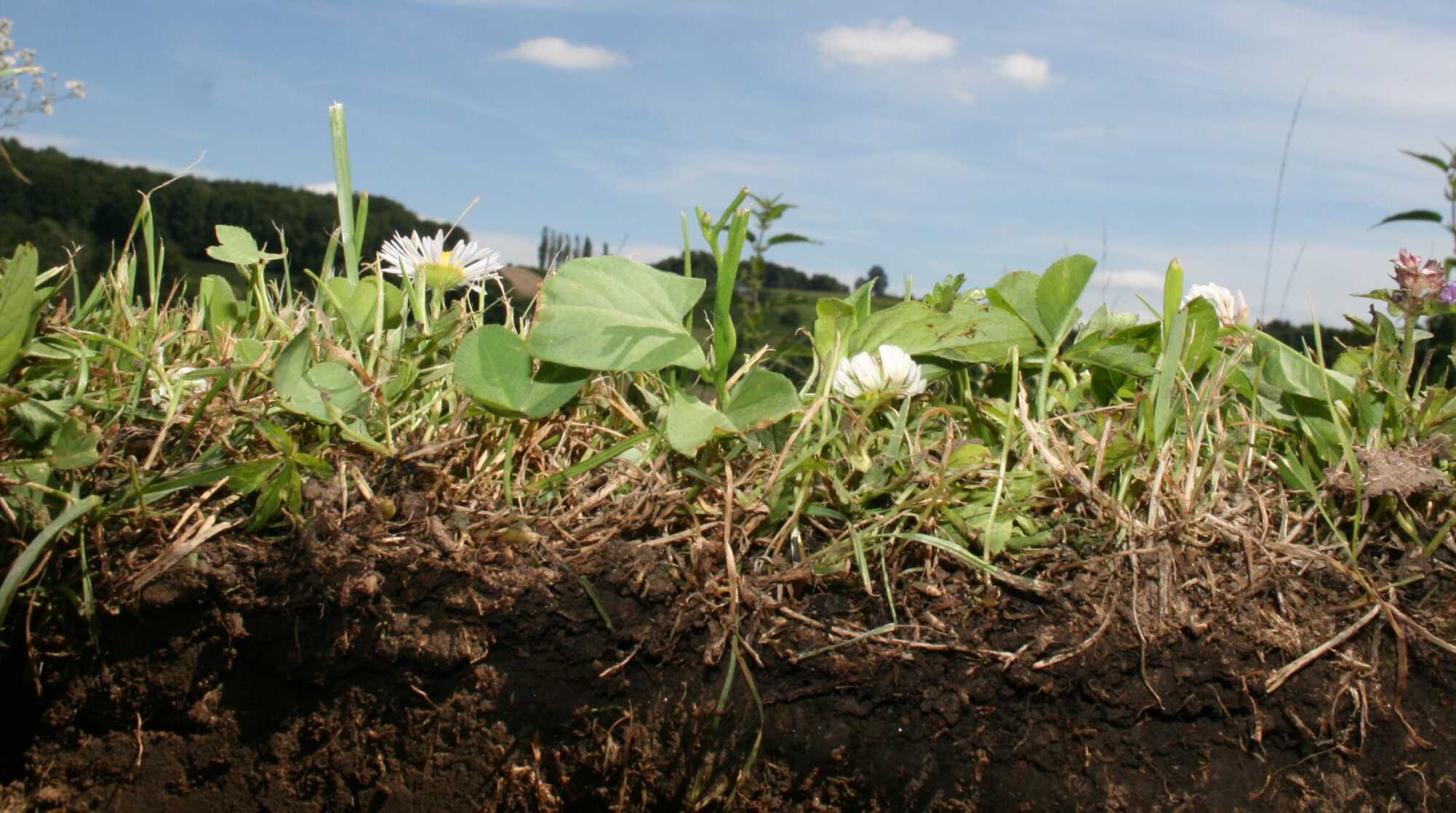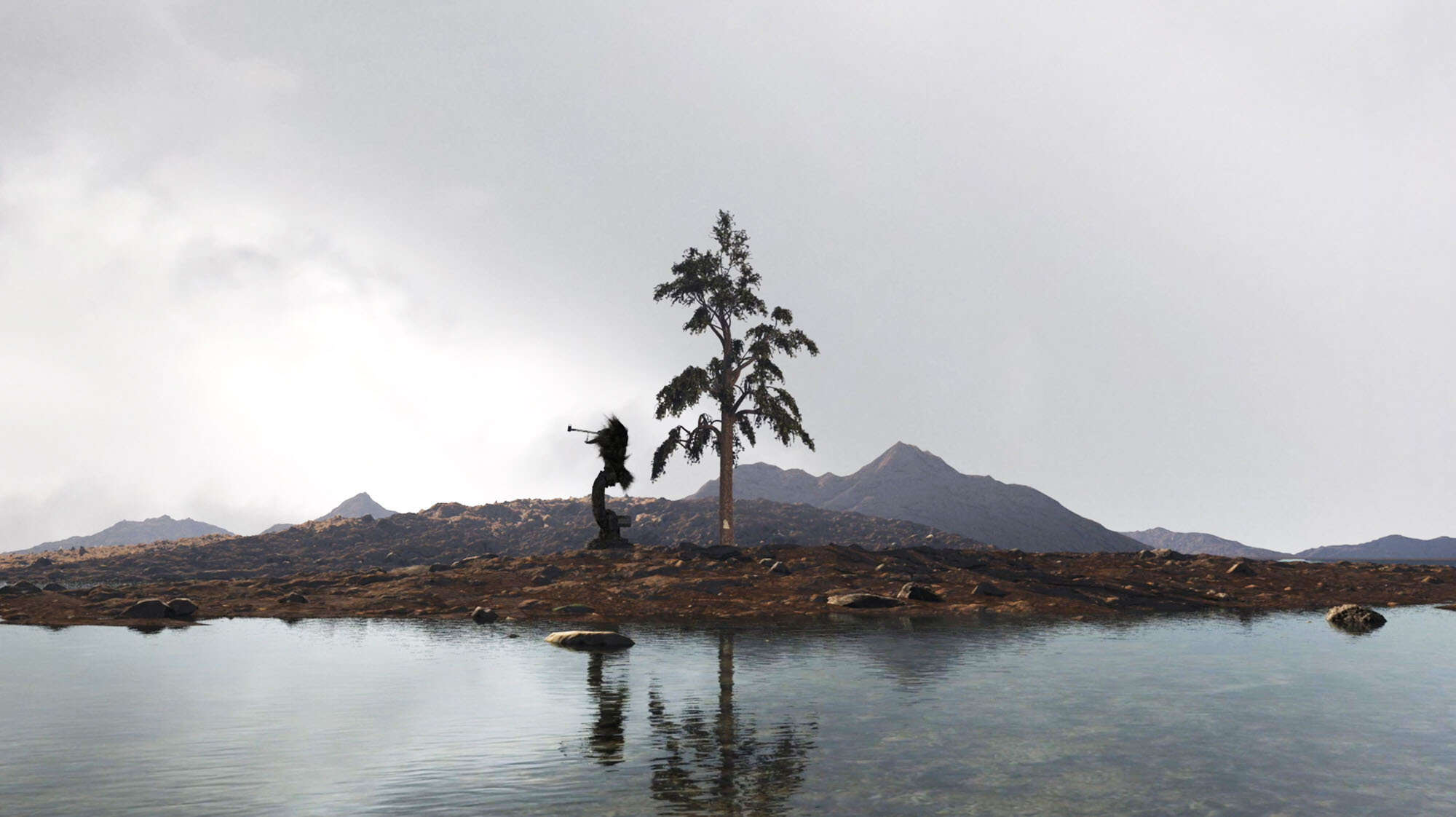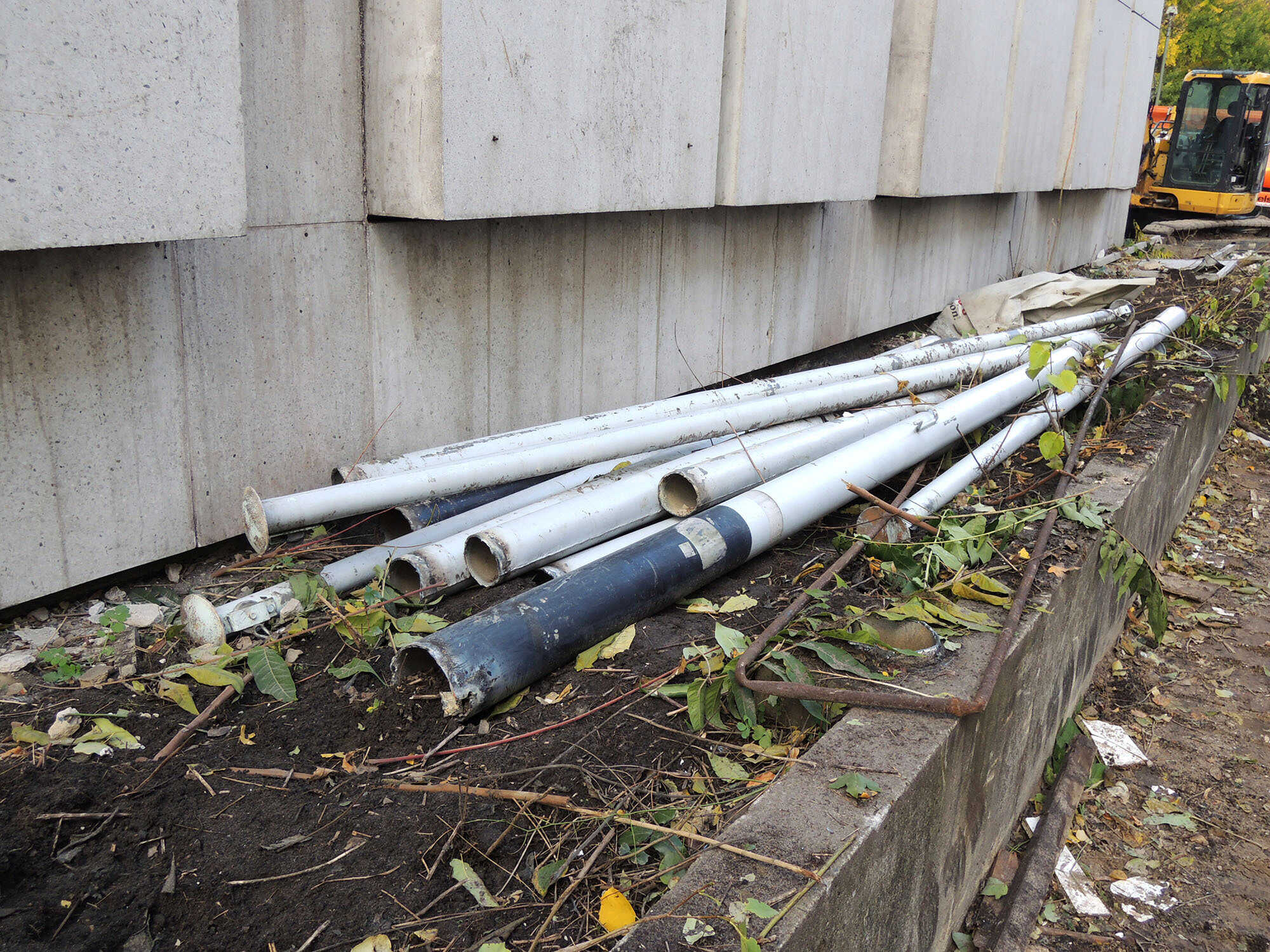06.04. –
14.07.2024
Songs for the Changing Seasons
Songs for the Changing Seasons brings together an international group of artists to reflect on the myriad ways, at once concrete and poetic, in which art is addressing the realities, effects and consequences of planetary transformation. Songs for the Changing Seasons considers forms of love, attention, repair and grief that meet with ecological challenges and damages. Assuming environmental transformation as a reality, the exhibition looks at where, when and how trouble is felt and expressed, and how art offers vital ways to articulate, interpret and cope with this trouble.
06.04. –
14.07.2024
Design with a Purpose
Design plays a crucial role in the functioning of our consumer society. But the work of designers can also be a key to an ecologically and socially sustainable way of life. DESIGN WITH A PURPOSE shows examples of how design can take responsibility, even though it is a tool that was developed in the course of destroying the planet.
The objects and projects presented by DESIGN WITH A PURPOSE create ways to value materials, energy, and humans without relying on exploitation. They tell stories and create relationships instead of promoting superficial consumption. And they challenge existing systems with fresh solutions – all without losing sight of aesthetics and functionality.
Gabriel Roland
06.04. –
14.07.2024
Solutions & Strategies
Solutions & Strategies is a collaborative series with the University of Applied Arts and the Academy of Fine Arts. Some of the projects began as early as the winter semester of 2023 and will be implemented during the Biennale period. During this time, students, professors, and alumni of the participating classes have the opportunity to realize their own projects.
06.04. –
28.04.2024
Immediate Matters
With its ‘Immediate Matters’ area of activity, the Klima Biennale Wien is turning towards radical local knowledge and the viewpoints and courses of action associated with it. Strategies from the Alpine region to the Pannonian plain, grassroots activism and community projects will open up opportunities for action that systematically address the future issues raised by the climate crisis. A network of activities, exhibitions, performances, participatory art projects, living labs and forums of encounter will stretch from the Biennale site at Nordwestbahnhof across the city’s entire urban space and offer creative,utopian, but also practical solutions. The Klima Biennale Wien is well aware of the importance and creative potential of the local art scene.
discotec.art / Kathrin Stumreich; EIKON Schauraum / Käthe Hager von Strobele; flat 1 offspace / Johanna Binder, Karin Maria Pfeifer, Sula Zimmerberger; Mz*Baltazar’s Laboratory / Johanna Tinzl, Georgia Holz, Patrícia J. Reis; Marcello Farabegoli Projects / Hana Usuis; Magdalenenstraße 33 / Oliver Alunovic
06.04. –
11.08.2024
Into the Woods. Perspectives on Forest Ecosystems
In association with Klima Biennale Wien, KUNST HAUS WIEN presents a comprehensive group exhibition on one of the world’s most vital ecosystems: the forest. Sixteen contemporary artistic positions reflect on the forest as a habitat, its ecological processes, as well as the threats it faces.
More than ever, the world’s forests have become monuments to the imbalances found on our planet. Forests filter water and air, and supply resources and food. As habitats for the majority of terrestrial animals, forests are beneficial to human health, and, as vital carbon stores, help stabilize the planet’s climate. Logging and the profit-oriented exploitation of woodlands are accelerating the ecological crisis while climate change fuels deforestation.
Sophie Haslinger
16.05. –
01.09.2024
Genossin Sonne
A joint exhibition of the Kunsthalle Wien and the Wiener Festwochen.
In the eighteenth century, the term “revolution” came to designate a “violent overthrow of the existing political and social order,” a meaning fixed by the French Revolution. Before that time, astronomers had long used it to describe the orbits of the celestial bodies.
This essayistic group exhibition is dedicated to works of art and artistic theories that connect the cosmos, and especially the sun – the most important provider of energy for life on earth – to social and political movements. In light of the decentering of the human being as the subject of history, we inquire into the extent to which not just the natural environment on our earth but, on a grander scale, even the universe contributes to historical processes. For instance, is there a linkage, as the Soviet cosmists asserted, between increased solar activity (more sunspots and solar winds) and revolutions on earth? And which speculative and eminently enjoyable reflections on such questions can be found in contemporary visual art and poetry?
Inke Arns und Andrea Popelka
29.02. –
26.01.2025
On the Backs of Camels
Living together with camels and their close relatives shapes cultures. It is a source of livelihood for people around the world and part of their cultural identity. In a special exhibition scheduled to begin in 2024, the Weltmuseum Wien will explore the many aspects of life with dromedaries, Bactrian camels, llamas, and alpacas and will examine the effect that these animals, broadly called camelids, have had on the societies of which they are part.
Featuring films, photographs, artworks, and artefacts from the collections of the Weltmuseum Wien, several of which will be on public view for the first time, and with numerous loans from other institutions, the exhibition in six galleries narrates encounters with camelids past, present, and future.
Gerard van Bussel, Tobias Mörike, Bettina Zorn
24.04. –
21.04.2025
(Un)Known Artists of the Amazon
This exhibition is a project jointly undertaken by the Weltmuseum Wien (WMW) and the private Museu de Arte Indígena (MAI) in Curitiba, Brazil. The show’s curators, Claudia Augustat (WMW) and Julianna Polodan Martins (MAI), engage these two museum collections in dialogue, reflecting thereby the manner in which autonomous works of art have evolved from functional and ritual objects.
Claudia Augustat & Julianna Polodan Martins
22.03. –
23.06.2024
Laure Winants: From a Tongue We Are Losing
How does light filter our perception? What do icebergs sound like? What does a printout of the chemical composition of water look like?
For her photography project From a Tongue We Are Losing, which is being presented at the Klima Biennale Wien, the artist joined a team of multidisciplinary researchers embarking on a four-month expedition to the ice of the Arctic—a vast white desert in which humans make up only a minute part of the environment.
Winants has developed special techniques to capture the unique light phenomena of this special region. She makes the data tangible and emotionally perceptible, highlighting the interdependence of ecosystems.
Felix Hoffmann
22.03. –
23.06.2024
Beate Gütschow. Resistance, Flood, Fire, Resistance.
Dystopian situations with people standing on the edge of an abyss, landscapes devoid of humans, and deserted villages—it takes a second look to realize that these photographs depict crowds of protesters, remains of civilization-related interventions after flood disasters, or traces of fires that have ravaged forests and landscapes. These events did not take place just anywhere on the globe in the past years; they all happened in Germany.
Felix Hoffmann
01.03. –
02.06.2024
Oliver Ressler. Dog Days Bite Back
Oliver Ressler’s artistic and activist practice is based on the conviction that social conditions are not given but rather can be changed. For around three decades, Ressler has been focusing on urgent aspects of democracy, the economy, migration, and ecology, highlighting structural causes as well as forms of resistance and possible courses of action. Making social alternatives conceivable is a central motif in his work.
The exhibition Dog Days Bite Back brings together films and photographic works from recent years that address various dimensions of the climate crisis in all its economic, political, and social complexity and intertwine them with international climate justice movements. Ressler thus emphasizes that the effects of climate collapse that can now be felt across the world are linked to systemic failures in climate policy and a long overdue paradigm shift in global economic systems.
Luisa Ziaja
06.03. –
15.09.2024
Angelika Loderer. Soil Fictions
For her solo exhibition at Belvedere 21, Angelika Loderer is designing a site-specific installation that uses soil as the common ground, highlighting its ecological, economic, political, and cultural narratives.
An interest in the subterranean and the stories that lurk there, the tension between what is visible and what is hidden, what is ephemeral and what is permanent run like a thread through the work of sculptor Angelika Loderer. For her critical examination of the concept of sculpture with regard to form and authorship, the artist occasionally engages in a creative dialogue with non-human beings whose habitat is the earth: she uses natural caves and passages shaped by animals as molds for casting or incorporates the transformative properties of fungal mycelium to alter and shape materials. The result of this creative process gives rise to a chance-driven and posthumanist coexistence of living beings.
Verena Gamper
01.05. –
11.08.2024
TROIKA. Terminal Beach
In an immersive spatial installation specially conceived for the MAK, the artist collective Troika (Eva Rucki, Conny Freyer and Sebastian Noel) focuses on the multi-layered forms of non-human intelligence. While in the digital animation "Terminal Beach" a robotic arm covered in fur fells the last tree on earth, the scenography is expanded into the real space by 3D-printed digital twins of museum objects that populate a flooded landscape as enigmatic creatures.
Marlies Wirth, Curator Digital Culture and Design Collection
28.03. –
11.05.2024
vanishing structures. Politics of Disappearance
vanishing structures. Politics of Disappearance examines the issues and social, political and environmental conditions associated with the disappearance of architecture, landscapes, people and traditions. The artistic and research-based approaches brought together in the exhibition open up different perspectives on local and geopolitical issues and contexts.
In this context, disappearance refers to both gradual processes that often go unnoticed, or are only noticed by a few, and rapid upheavals that result in sudden, immediate and tangible changes. Fading, fading away and disappearing are considered synonymous in the context of the project and are united in vanishing structures. The concept of structure here stands for tangible arrangements such as urban space, existing systems such as the environment or economic cycles, but also for social structures or collective memories that are less tangible but nevertheless affected by the politics of disappearance.



